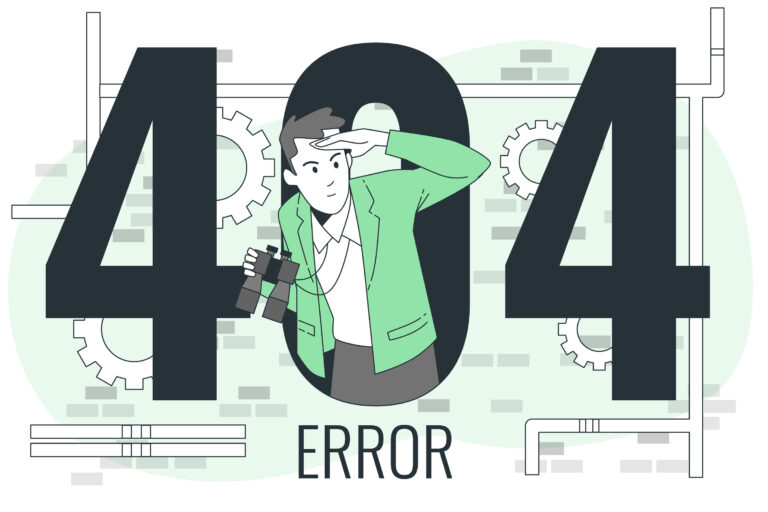The Rise of Web Rot: The Impact on Photographers and Their Digital Treasures

What is Web Rot?
Web rot, often referred to as “link rot”, describes the process by which web pages become unavailable or web links point to pages that no longer exist. This phenomenon poses a significant threat to photographers who rely on various platforms to showcase and archive their work.
The Changing Corporate Face of the Web and Its Impact on Photographers
- Acquisition and Mergers: When tech giants acquire photography-centric platforms, the restructuring that follows can affect hosted content. Photographers who stored their portfolios on these platforms may find their content changed, moved, or even deleted. For instance:
- When Yahoo! acquired Flickr, the platform underwent multiple changes, including deleting a large number of uploaded photographs, impacting many of its users.
- Apple’s discontinuation of MobileMe left many users scrambling to save photos, files, and other digital assets before the shutdown.
- Service Shutdowns: Numerous photography platforms and hosting services have shut down over the years, resulting once again in the permanent erasure of content.
- Google’s closure of Picasa left a void for many photographers.
- When the popular photography site 500px was acquired by Visual China Group, it led to changes in user policies and accessibility, impacting many photographers globally.
- The shutdown of Photobucket’s free hosting service in 2017 left millions of broken image links across the web, affecting bloggers, eBay sellers, and other online businesses. However, sometimes even big companies see the error of their ways, with a different approach being employed just a couple of years later.
- Platform Policy Changes: Websites may alter their terms of service or hosting policies as they adapt to market demands and various internal driving motivators.
- Instagram’s occasional purges based on changing community standards have led to lost photos and videos for many photographers.
- Facebook’s changing algorithms and privacy settings have sometimes resulted in deleted posts or images, impacting both personal memories and professional portfolios.
- Domain Expiry: This is an all too common oversight, especially when it comes to personal websites. Many professional photographers often use this avenue as the ideal platform to present their work, however, should they neglect to keep track of the dates, it may just result in them losing their domain address. And it happens to the best of us, with some fairly recent examples:
- The BBC experienced an accidental domain expiration for their main website in 2019, leading to temporary inaccessibility.
- Nikon faced embarrassment when they temporarily lost their nikon.com domain due to a renewal oversight.
Consequences for Photographers:
- Loss of Income: For professionals, their online portfolio is a significant source of business. If potential clients find broken links or can’t access a portfolio, it directly impacts potential earnings.
- Lost Memories: For many, photography is a way to capture memories. Web rot can lead to the irrevocable loss of these digital memories.
- Reputation Damage: Broken links and missing portfolios don’t just lead to lost business opportunities. They can also harm a photographer’s reputation, making them appear unreliable or unprofessional.
While the changing digital landscape is inevitable, photographers can take certain measures:
- Regular Backups: Always keep multiple backups of work, not just on cloud platforms but also on physical hard drives.
- Diversify Platforms: Don’t rely on just one platform to showcase your work. Spread the content across various reputable platforms.
- Stay Updated: Keep abreast of changes in terms of services on platforms, and always renew domains and hosting on time.
- Use Web Archiving Services: Services like the Wayback Machine can capture temporal snapshots of web pages, ensuring a certain level of permanence.
The constantly changing corporate landscape of the internet, while undoubtedly bringing innovations, has inadvertently fueled the menace of web rot. For photographers, whose life’s work can be captured in a fleeting digital (or analogue) moment, this rot is more than just broken links—it’s lost history, memories, and livelihoods. Awareness and proactive steps can help mitigate these challenges, ensuring their work remains accessible for generations to come.

